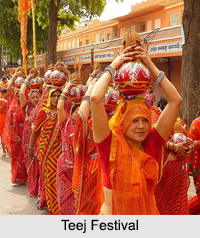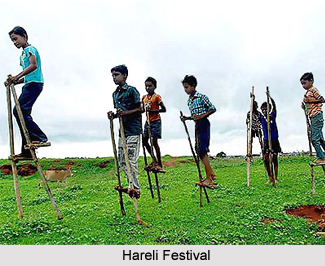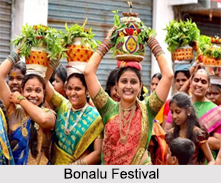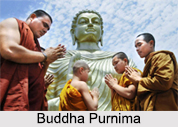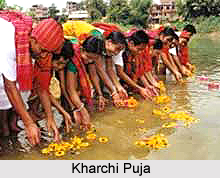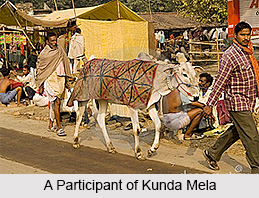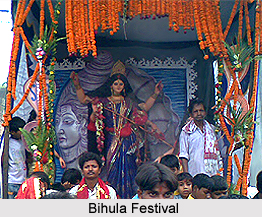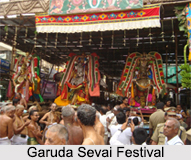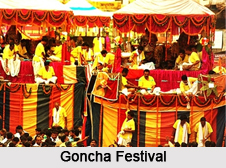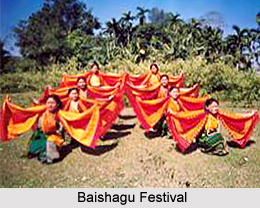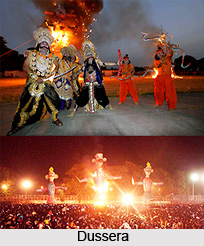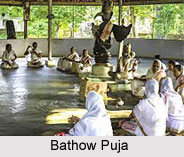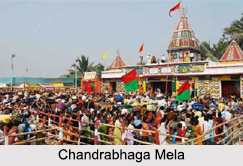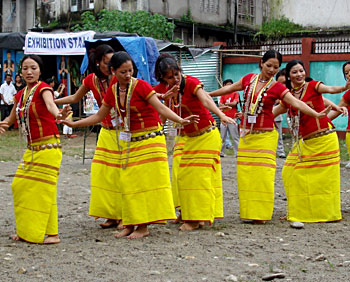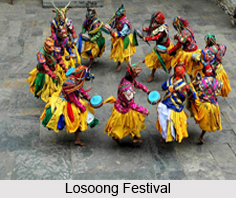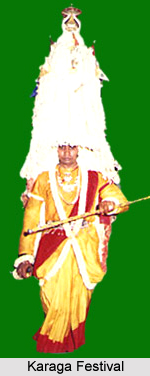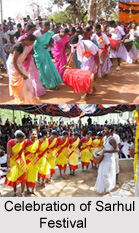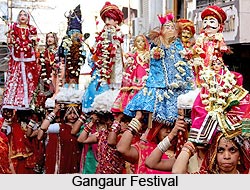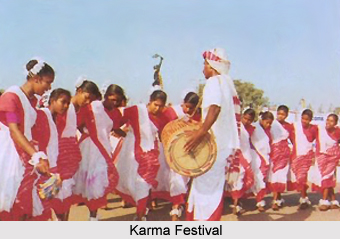Perantalu worship is a women centric ritual. Perantalu is a name given to a woman whose husband is still living. She is considered as a lucky woman who has attained this merit. This name is given to a woman who has been a faithful wife, has given birth to children and has died before her husband. When the name is given to a woman who has died, she becomes an object of worship. As Perantalu`s origin was of a pleasing nature, the worship is milder than that of other similar local deities. In Matsavaram of Nellore District at one time two women were benevolent. Their work was gifting of a large irrigation tank to the village. They were the mother-in-law and the daughter-in-law. When both are dead they are called Perantalus and since then they have been worshipped. Two ungraven stone images represent them over which no temple has been built.
There is a yearly festival for these goddesses the worship takes the form of making dedicated offerings. New clothes are tied upon the idols that are later appropriated by the pujari. As these deities were once human women the desire for wearing new garments is attributed to them. There is feasting and drawing of decorated carts around the temple. When the worship comes to the head of a buffalo is cut but the legs are not placed in its mouth, and the head with a light burning on it is simply left as an offering.
Buchamma is another Perantalu who enjoys an annual festival that continues for three days. Here a combination of saint-worship and demon-worship is seen. There is no buffalo sacrifice but on the last day a sheep is killed in front of the image so that it may see the blood flow. This is done so that Buchamma does not become angry. This is simply an accumulation from the usual Dravidian worship. In Muppararazuvarepalem of the Nellore District, there is a Perantalu called Lingamma which is a joyous worship. There are no blood offerings and all castes worship her. She is worshipped in order to secure offspring. A marriage ceremony is performed between Lingamma and her husband. Rice is poured over the heads of the images. In Kandukuru Taluq a Perantalu named Usuramma has been heightened to the position of the village goddess. Usuramma is a local goddess. She is worshipped in order to keep the evil spirits as well as to give good crops. The pujari who worships Usuramma belongs to the shepherd caste.
The annual worship of Usuramma is more elaborate. At least once in three years, the festival takes place. The festival continues for five days. On the first day there are processions; the temple is circumambulated thrice and throughout the night the story-tellers stir up the people with the tales of the prowess of ancient times. The second day is meant for feasting that takes place under a sacred jammi. The third day the processions and story-telling continues. On this day a male member of the priest`s family disguised as a woman goes about the village impersonating Gangamma, the goddess of the shepherd caste.
In the evening the people of the shepherd caste observe the marriage feast in which only married people whose partners are still living participate. Drums are beaten in order to keep away intrusive spirits. The storytellers recite the Shepherds` Purana. The fifth day witnesses more feasting and the carts are drawn around the temple. Thereafter is the hook-swinging ceremony, which appears to be the only cruel feature in this festival. A goat is tied to the end of a long pole which swings horizontally on a pivot at the top of a high post. A heavy stone is tied to the other end in order to balance the goat. A man is tied beneath the goat and both are swung round and round.
Till the evening the sports continue. A Madiga is disguised as a warrior who enacts scenes from the Purana. After this performance he leaps and dances about the temple while the shopkeepers force him to take presents hoping to get good luck. Goddess Usuramma`s worship ends here.
